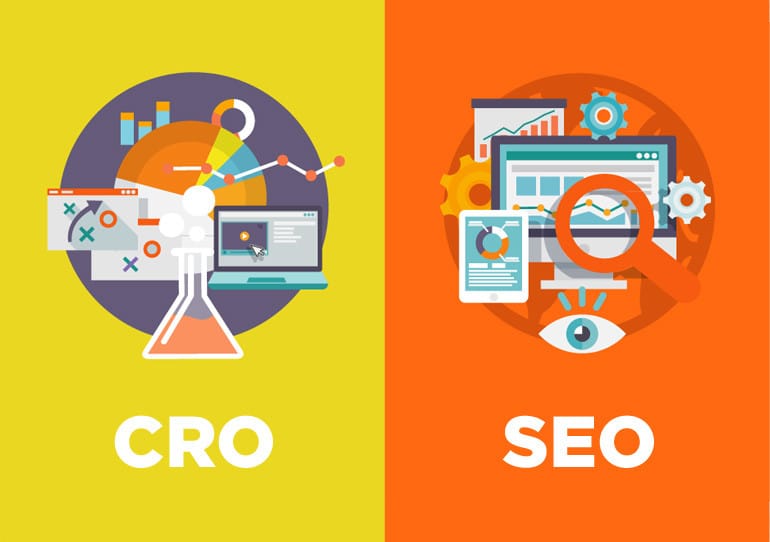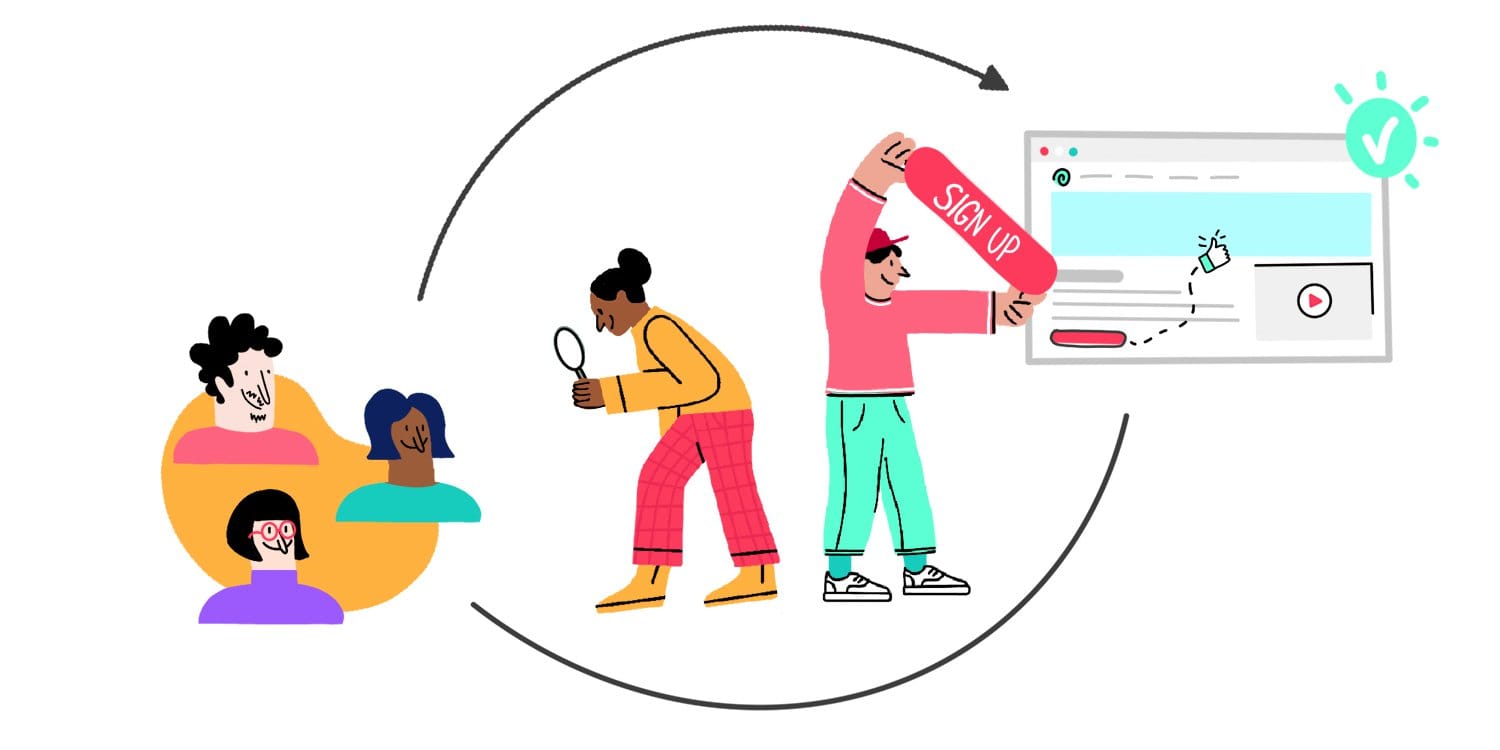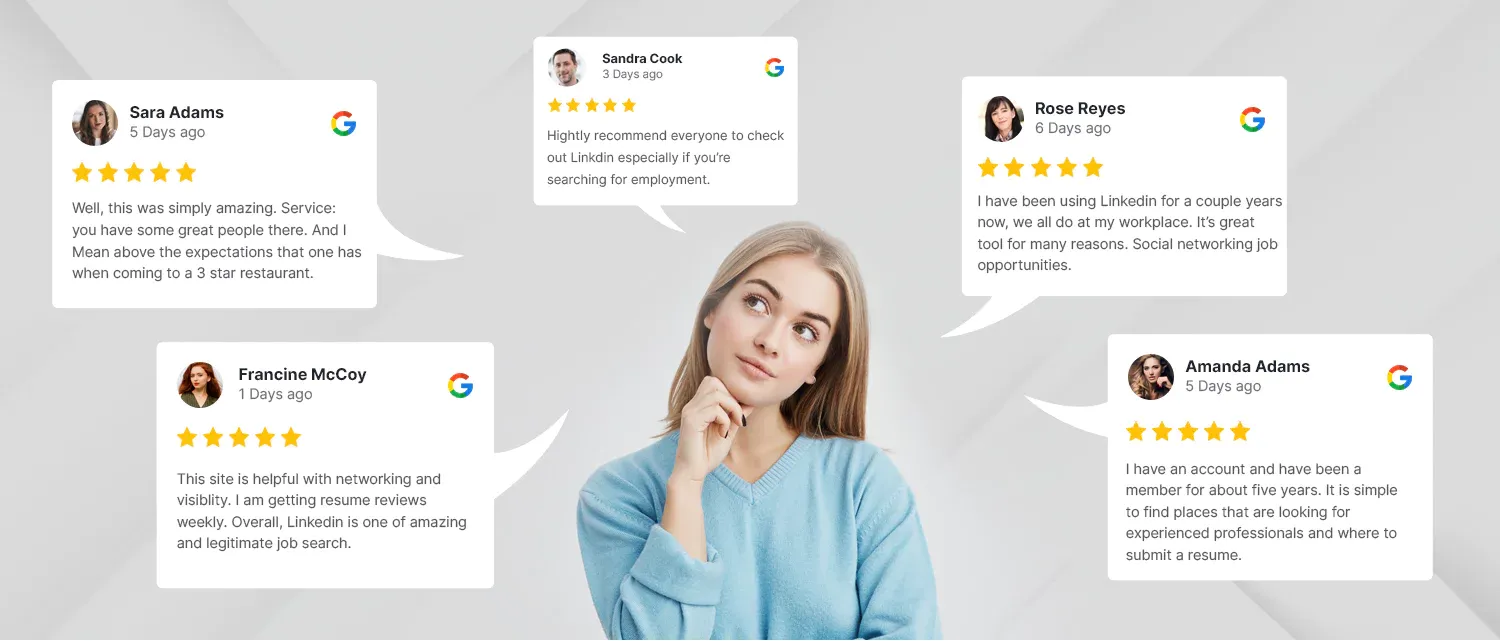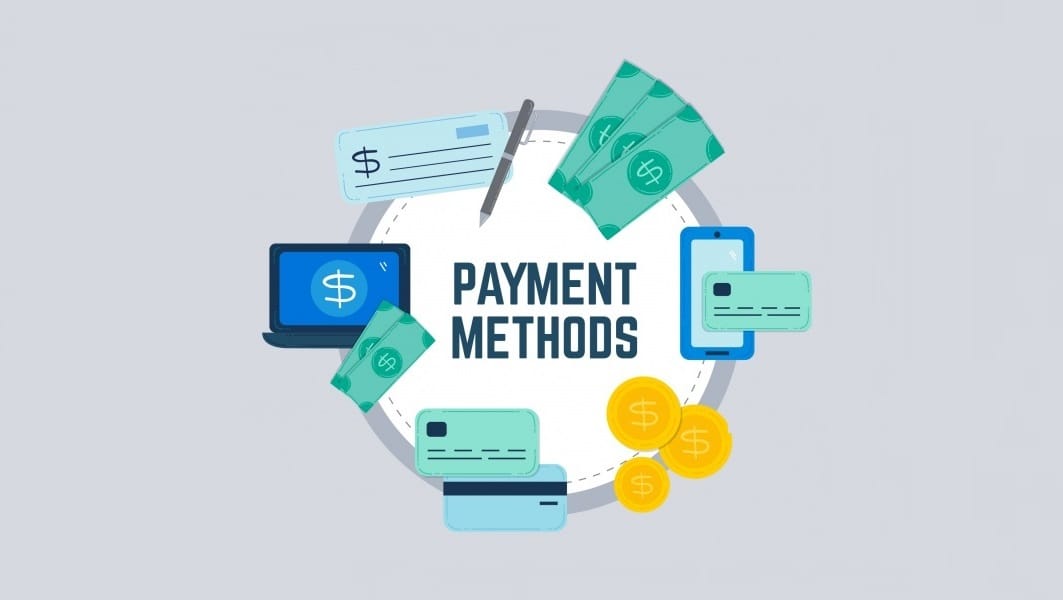Mastering Conversion Rate Optimization: A Guide to Calculating CRO

Let's face it—getting eyeballs on your website feels great, but getting people to actually do something on your site? That’s the real challenge. You could have thousands of visitors, but if they leave without clicking that magic "Buy Now" button or signing up for your newsletter, your site might as well be a digital ghost town.
But don’t panic! We've got your back. Here's your ultimate, easy-to-follow, jargon-free guide to Conversion Rate Optimization (CRO).
What's a Conversion Anyway?
A conversion is the action that turns a visitor into something more—like a lead, a customer, or a superfan. It’s the goal line of your marketing play.
That “thing” depends on your goal. It could be:
- Buying something (💸): If you run an online store, a sale is a conversion.
- Filling out a form (📝): For service-based businesses, a filled contact form could be the win.
- Signing up (📩): For newsletters, the conversion is getting someone to subscribe.
- Clicking a button (🖱️): Even micro-conversions like clicking "Learn More" count.
Why Conversion Rates Are Important
Simply put, the conversion rate is your success ratio. It's like measuring how good your website is at charming visitors into doing exactly what you want—like buying something or subscribing.
What Is Conversion Rate Optimization?
Conversion Rate Optimization (CRO) is the process of fine-tuning your website or marketing strategies to increase the percentage of visitors who complete a desired action (known as a "conversion"). Think of it as digital alchemy—turning curious browsers into paying customers or active subscribers.
Conversions can mean anything valuable to your business:
- Making a purchase
- Signing up for a newsletter
- Filling out a contact form
- Booking a consultation
How Does CRO Work?

CRO is all about understanding your visitors—knowing what makes them click (literally!). It involves:
- Analyzing User Behavior: Understanding where users drop off, what captures their attention, and what frustrates them.
- A/B Testing: Comparing two versions of your website or landing page to see which one drives more conversions.
- Improving User Experience (UX): Simplifying navigation, clarifying messaging, or removing friction points to keep visitors happy.
- Optimizing Design & Copy: Tweaking headlines, images, buttons, and call-to-actions to boost clicks and engagement.
Why Should You Care?
CRO helps you make the most of the traffic you already have, making your marketing efforts more effective without needing to spend more money on ads. It's like getting more juice from the same lemon—tasty results without extra cost!
In short, CRO is your secret sauce for turning visitors into loyal fans who happily do exactly what you hoped they would.
How Do I Actually Calculate This Thing?
Here's the super-easy CRO formula even your grandma could master:
Conversion Rate = (Conversions ÷ Total Visitors) × 100
What's Considered a "Good" Conversion Rate Today?
There's no golden number—but aim for at least 3% for B2B companies. For SaaS and tech products, 7%-10% is the sweet spot. If you're not there yet, don't fret; we're here to get you there.
6 Solid Reasons Why CRO is Worth Your Time

Conversion Rate Optimization (CRO) might sound technical, but it's actually your best friend in digital marketing. If you're looking to boost sales, increase engagement, or simply make your site more user-friendly, CRO is the way to go. Here are six solid reasons why investing your time in CRO is a smart decision:
- Ditch the Guesswork
Stop basing decisions on hunches or gut feelings. CRO replaces vague ideas like "I think customers will like this" with real, actionable data, so you know exactly what's working (and what's not). You'll spend less time guessing and more time confidently improving your website. - Your Users Will Actually Like Visiting Your Site
Ever clicked onto a cluttered, confusing site and immediately bailed? Exactly. CRO smooths out rough edges, removes distractions, and creates an enjoyable, frustration-free experience for visitors, encouraging them to stay, explore, and ultimately convert. - More Traffic, More Sales, More Fun
Better conversion rates signal to Google that your site is valuable, boosting your search rankings. Higher rankings mean increased organic traffic—essentially free visitors eager to buy, subscribe, or engage. More traffic equals more conversions, and that’s definitely more fun. - Sky-High ROI (Without Sky-High Investment)
CRO is the champion of cost-effective marketing. According to recent HubSpot stats, the average ROI from CRO is an eye-popping 223%. You get more bang for your buck—turning relatively small tweaks into major gains without draining your budget. - Super Affordable
Unlike expensive ad campaigns or extensive redesigns, CRO focuses on incremental improvements. Often, minor adjustments (think clearer calls-to-action, simpler forms, or slightly different wording) can dramatically boost conversions. Low-cost, high-impact—it’s the best of both worlds. - Long-term, Lasting Results
Unlike paid ads or short-term promotions, improvements made through CRO stick around long-term. A one-time investment in optimizing your conversion process yields ongoing results, continually improving your bottom line. It's a sustainable strategy that keeps your business growing year after year.
Proven CRO Strategies (That Actually Work)

When it comes to conversion rate optimization (CRO), theory is one thing—but execution is where the magic happens. Many businesses fall into the trap of implementing generic strategies without considering what truly engages their audience. The result? Wasted time, effort, and missed opportunities.
So, whether you're running an e-commerce store, a SaaS business, or a blog looking to increase conversions, these five CRO techniques will help you optimize your site for better engagement and higher conversions. Let’s dive in!
1. Spice Up Your CTAs

Your Call-to-Action (CTA) buttons need personality. A generic "Submit" button won’t inspire action, but a compelling, engaging phrase will. Instead of boring, lifeless text, try something playful like "Let's Go!", "Claim My Freebie!", or "Show Me the Magic!". Customizing CTAs to match your brand voice makes them more inviting and boosts conversions.
💡 Pro Tip: A/B test different CTA phrases and colors to see what resonates best with your audience.
2. Lead Flows to the Rescue

Those little pop-up boxes can feel intrusive, right? But here’s the secret—they WORK when done right. Lead flows, such as slide-ins, pop-ups, and sticky banners, help capture visitors' attention at the right moment. Whether you're offering a discount, a free guide, or an exclusive deal, these tools can significantly increase sign-ups and conversions.
📌 Best Practices:
- Time your pop-ups strategically (e.g., exit-intent pop-ups when a visitor is about to leave).
- Keep the messaging clear and value-driven.
- Use engaging visuals and compelling CTAs.
3. Perfect Your Landing Pages

Your landing page should scream, "You need this now!" It should be focused, visually appealing, and built for conversions. Keep the design clean, mobile-friendly, and distraction-free. Every element should serve a purpose—whether it’s the headline, images, or CTA buttons.
🚀 Key Landing Page Optimizations:
- A strong, benefit-driven headline.
- A clear CTA above the fold.
- Social proof (testimonials, trust badges, case studies).
- A/B testing to refine elements and maximize conversions.
4. Chatbots Are Your New BFFs

Adding chatbots to your site is like hiring super-helpful assistants who never sleep. They engage visitors, answer FAQs, and even help close sales. Whether it’s a simple AI-powered chatbot or a more advanced conversational assistant, this tool can streamline customer interactions and remove friction from the buying process.
🤖 Why Chatbots Work:
- They provide instant responses, reducing bounce rates.
- They guide users to the right pages or products.
- They can capture leads even outside business hours.
5. Simplify the Heck Out of Your Site
Nobody likes a confusing, slow-loading website. If visitors struggle to find what they need, they’ll leave—fast. Simplifying your site’s navigation, decluttering pages, and improving load speeds can drastically improve user experience and conversion rates.
⚡ Quick Fixes for a Smoother Experience:
- Reduce the number of menu options to avoid overwhelming users.
- Optimize images and code to speed up page load times.
- Ensure mobile responsiveness for seamless browsing on all devices.
The Ultimate 5-Step CRO Process
Successful CRO isn’t about making random tweaks and hoping for the best. It’s a structured process that requires research, testing, and continuous refinement. Think of it as detective work—analyzing visitor behavior, identifying weak spots, and implementing data-driven solutions.
This five-step approach will guide you through everything from diagnosing conversion issues to optimizing your site for long-term growth. Ready to boost your conversions? Let’s get started.
Step 1: Sherlock Mode—Test & Research 🔍

Before making any changes, put yourself in the visitor’s shoes. Navigate your site as if you were a first-time user. Does it flow smoothly, or do you hit frustrating roadblocks?
📌 Key Questions to Ask:
- Is the site easy to navigate?
- Are CTAs clear and compelling?
- Does the page load quickly?
- Is mobile usability seamless?
- Are users dropping off at a specific stage?
💡 Tools to Use: Google Analytics, heatmaps (Hotjar, Crazy Egg), session recordings, user surveys.
Step 2: Brainstorm Solutions 💡

Now that you’ve identified problem areas, it’s time to find solutions. Gather your team, grab some coffee, and start brainstorming. Don’t just focus on quick fixes—aim for impactful changes that enhance user experience and drive conversions.
🎯 Brainstorming Tips:
- Think like a customer: What would make your journey smoother?
- Check competitors: What are they doing differently?
- Prioritize based on impact: What changes could yield the biggest results with minimal effort?
Step 3: Put Ideas to the Test 🚀
It’s time to implement your ideas—but don’t make drastic changes all at once. Instead, test before you commit. A/B testing (split testing) allows you to compare variations and see what resonates best with your audience.
🛠 What to Test?
✅ Different CTA button colors, text, and placement
✅ Landing page layouts and messaging
✅ Checkout flow optimizations
✅ Lead capture forms (short vs. long)
✅ Pop-up timing and design
🔬 Testing Tools: Google Optimize, Optimizely, VWO.
Step 4: Analyze Like a Pro 📊

Once your tests are live, it’s time to track performance. Analyze the data to determine what’s working and what’s not. Did your new CTA boost clicks? Did a streamlined checkout process reduce cart abandonment?
📈 Key Metrics to Monitor:
- Conversion rate (before vs. after)
- Bounce rate changes
- Time on page and engagement
- Click-through rates on CTAs
- Drop-off points in the sales funnel
🎉 What to Do Next? Celebrate the wins and learn from the losses. If something isn’t working, refine and retest.
Step 5: Keep Optimizing 🔄
CRO isn’t a set-it-and-forget-it process. Consumer behavior, industry trends, and technology are constantly evolving—so your website should too. Continuous testing, tracking, and optimizing will keep your conversion rates climbing.
📌 Long-Term CRO Strategy:
- Regularly review analytics and heatmaps.
- Stay updated on best practices and emerging trends.
- Conduct quarterly A/B tests.
- Keep user feedback channels open.
CRO vs SEO: Understanding the Difference and Why You Need Both

Search Engine Optimization (SEO) and Conversion Rate Optimization (CRO) are often mistaken for the same thing, but they serve distinct purposes. SEO focuses on improving your website’s visibility in search engine results, helping you attract more visitors. CRO, on the other hand, is all about turning those visitors into customers or leads by optimizing user experience, design, and content.
While SEO drives traffic, CRO ensures that traffic converts. The two strategies work hand in hand—ranking high in search results is pointless if your site fails to convert visitors. That’s why a balanced approach that integrates both SEO and CRO is the key to maximizing your online success.
CRO Best Practices You Can’t Ignore
Conversion Rate Optimization (CRO) focuses on data-driven website improvements, but not all optimizations yield results. Flashy design changes mean little without data to back them up. The key? Proven best practices that reduce friction, enhance UX, and build trust.
Whether you run an e-commerce store, SaaS platform, or blog, these CRO essentials will boost conversions and create a seamless user journey. Let’s dive in!
1. No Guessing Games – Trust Your Data 📊

Gut feelings might work in other areas of business, but CRO requires hard data. Instead of making random changes, rely on analytics, heatmaps, and A/B testing to identify what’s working and what’s not.
🔎 Actionable Tips:
✅ Use Google Analytics to track bounce rates, exit pages, and conversion funnels.
✅ Implement heatmaps (Hotjar, Crazy Egg) to see where users click and scroll.
✅ Run session recordings to watch real user interactions.
By making decisions based on real user behavior, you’ll avoid costly mistakes and optimize with confidence.
2. Less Complexity = More Conversions 🎯

Visitors don’t want to jump through hoops to complete an action. Whether it’s signing up for a newsletter or completing a purchase, simplicity wins. If your process is too complicated, people will leave—fast.
🛠 How to Simplify Your Site for Higher Conversions:
- Reduce the number of form fields (only ask for essential info).
- Use a clear, distraction-free layout with a single CTA per page.
- Optimize site speed—slow pages kill conversions.
- Make navigation intuitive and mobile-friendly.
The easier you make it for visitors to take action, the more conversions you’ll see.
3. Test EVERYTHING (Seriously) 🔬
Assumptions don’t lead to better conversions—testing does. A/B testing different elements of your site can reveal what truly works for your audience.
💡 What to A/B Test?
✔ CTA buttons (color, text, placement)
✔ Landing page headlines
✔ Product page layouts
✔ Checkout process steps
✔ Pricing page designs
📊 Best Testing Tools: Google Optimize, Optimizely, VWO.
Continuous testing ensures you’re always improving and maximizing results.
4. QA Checks Save Headaches Later 🛠️

There’s nothing worse than a broken link, a buggy checkout page, or a form that doesn’t submit. Even the best CRO strategies will fail if your site has technical issues.
🔍 How to Prevent Conversion-Killing Errors:
✔ Regularly test forms and checkout processes.
✔ Ensure mobile responsiveness across devices.
✔ Check load speeds and fix performance issues.
✔ Verify that tracking tools (Google Analytics, Meta Pixel) are working correctly.
A smooth, error-free experience keeps visitors on track to convert.
5. Build Trust with Testimonials, Reviews & Clear Policies 🛡️

Trust is a major factor in conversions. If visitors don’t feel confident in your brand, they won’t buy. Displaying social proof and transparent policies reassures customers and removes hesitation.
💬 Ways to Build Trust:
✔ Show real customer testimonials and reviews.
✔ Highlight security badges and money-back guarantees.
✔ Make refund, shipping, and privacy policies easy to find.
✔ Use high-quality images and videos to showcase products/services.
A trustworthy brand equals more conversions—simple as that.
Bonus Tips to Crush Your Conversion Goals
Mastered the CRO basics? Time to level up! Top businesses fine-tune every detail to turn their sites into conversion machines.
These bonus tips boost trust, enhance UX, and drive sales with small but powerful tweaks—whether you run e-commerce, SaaS, or a service business. Let’s optimize!
1. Leverage Customer Reviews Like Your Business Depends on It (Because It Does) 🏆

Social proof is one of the most powerful conversion drivers. People trust other people, not just brands. Displaying customer reviews and testimonials builds credibility and removes hesitation.
💬 Ways to Maximize Social Proof:
✔ Showcase real customer testimonials on landing pages.
✔ Feature product reviews with star ratings on sales pages.
✔ Include case studies that highlight successful outcomes.
✔ Encourage user-generated content (photos, videos, social media posts).
📢 Pro Tip: Respond to reviews—both positive and negative. This shows authenticity and strengthens trust.
2. Offer Multiple, Easy Payment Methods 💳

The last thing you want is a visitor reaching checkout, only to leave because their preferred payment method isn’t available. Offering a variety of payment options reduces friction and increases sales.
💰 What to Offer?
✔ Credit/debit cards (Visa, Mastercard, Amex)
✔ Digital wallets (PayPal, Apple Pay, Google Pay)
✔ Buy Now, Pay Later options (Afterpay, Klarna)
✔ Cryptocurrency (if relevant to your audience)
🔍 Bonus Tip: Clearly display accepted payment methods before checkout to avoid surprises.
3. Stick to Clear, Concise Content ✍️
Your audience doesn’t have time for fluff. Clear, compelling messaging that gets to the point will always convert better than long-winded explanations.
📝 How to Improve Your Content for Conversions:
✔ Use short, punchy sentences and bullet points.
✔ Highlight key benefits, not just features.
✔ Avoid jargon—keep it simple and relatable.
✔ Break up text with visuals, icons, and whitespace.
🚀 Pro Tip: Run your copy through tools like Hemingway Editor or Grammarly to keep it concise and engaging.
4. Set Clear Goals and Measure Regularly 📊
CRO without tracking is like flying blind. Set specific goals for your conversions and measure them consistently to see what’s working.
📌 What to Track?
✔ Conversion rate (sales, sign-ups, downloads)
✔ Bounce rate (how quickly people leave your site)
✔ Cart abandonment rate (for e-commerce sites)
✔ Click-through rate on CTAs
✔ Average time on page
🔍 Tools to Use: Google Analytics, Hotjar, Mixpanel, or your e-commerce dashboard.
🎯 Bonus Tip: Set up conversion funnels in Google Analytics to identify where visitors drop off.
5. Always Refine Your CTAs 🎯

Your Call-to-Action (CTA) is the final push that turns visitors into customers. If it’s not compelling enough, you’re leaving conversions on the table.
🛠 How to Improve Your CTAs:
✔ Make them action-oriented: Use words like "Get Started", "Claim My Offer", or "Unlock My Discount" instead of boring phrases like "Submit" or "Learn More."
✔ Use contrasting colors to make CTAs pop.
✔ Keep them above the fold (visible without scrolling).
✔ Test different CTA placements and wording for better engagement.
📊 Pro Tip: A/B test your CTAs to find the most effective variation.
6. Maximize Reach with Targeted Content Marketing 📢

CRO doesn’t just happen on your website—it starts with bringing in the right audience through strategic content marketing. Reaching the right people means higher-quality traffic and better conversion rates.
How to Optimize Your Content Marketing for Conversions:
✔ Use SEO to drive organic traffic: Target high-intent keywords that align with what your audience is searching for.
✔ Create lead magnets: Offer free resources (ebooks, webinars, checklists) in exchange for email sign-ups.
✔ Repurpose content: Turn blog posts into infographics, videos, or social media snippets to expand reach.
✔ Leverage retargeting ads: Bring back visitors who didn’t convert the first time.
🚀 Pro Tip: Map out a content funnel—use educational content to attract leads, then nurture them with targeted offers.
The Bottom Line
CRO is your secret weapon for turning visitors into loyal customers and skyrocketing your profits. And guess what? With tools like leadplay.io for LinkedIn outreach automation, you can even optimize your B2B sales without lifting a finger (almost).